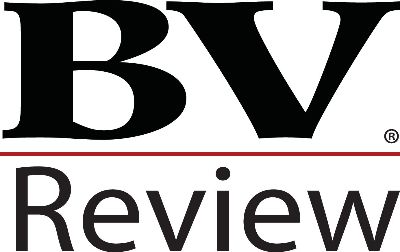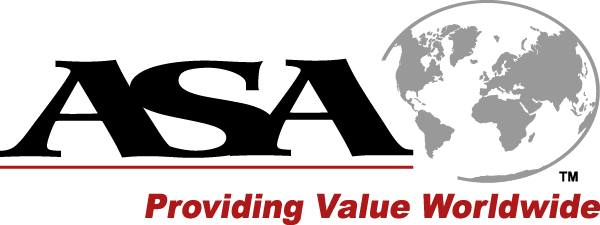I am flattered to see my name in the title of a paper and mentioned so often in the text (I counted 74 mentions), even if the paper is critical of my methods. That would suggest, and the authors seem to believe this, that I have developed a revolutionary way to measure and incorporate country risk in valuation. I wish it were true, but it is not. Much of what I do is evolutionary, and to understand why, all you have to do is to look at current practice in valuation. First, analysts at investment banks, who value emerging market
Skip to main content
Issues
Select Issue
From the Editor
Kyle S. GarciaASA, CFA, CPA/ABV
Customer Concentration: Good, Bad, or Ugly?
Rob SchlegelFASA, MCBA,
Will FrazierASA, and
Michael HillFASA, CPA/ABV
From the Chair
Ron SeigneurCPA, ABV, ASA, CVA
Delaware Valuation Decisions, 2021 to 2024
Gilbert E. MatthewsMBA, CFA
eISSN: 2163-8330 ISSN: 0897-1781
Powered by PubFactory

